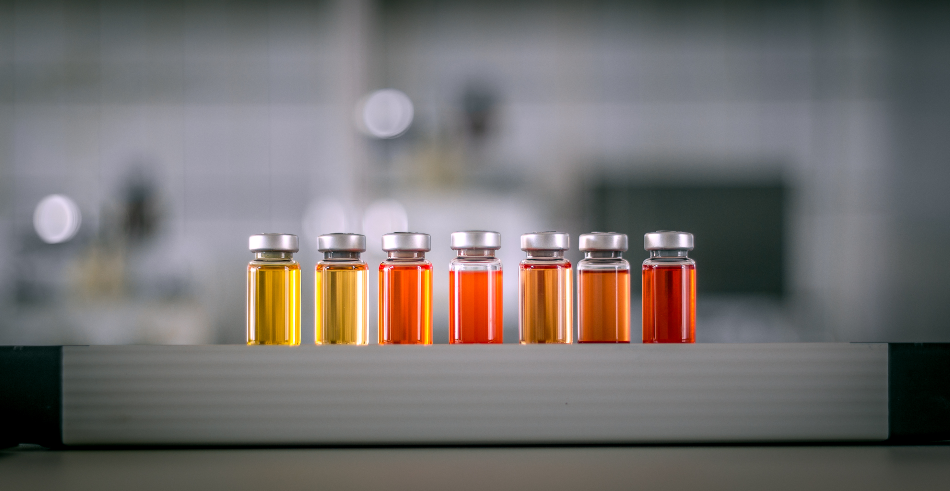
Tayfun Ruzgar / Shutterstock
Researchers at the University of Miami have conducted a successful project where they have shown that 3D printing with quantum dots could have applications in creating devices that protect us from UV light.
The team was able to develop a new, luminescent 3D printer material that could be used to 3D print products such as sunglasses or other UV protecting devices.
The key to the new material was in the use of quantum dots which were mixed into the ink. Scientists created a revolutionary new 3D printer ink by combining orange carbon dots (O-CDs) that have light-emitting properties, with a superabsorbent polymer, making the ink suitable for light-based stereolithography (SLA) 3D printing.
What are Quantum Dots?
The carbon quantum dots (CQDs) that were essential to the success of the innovation at the University of Miami were only discovered back in 2004. The past 15 years have seen researchers in various disciplines exploring their potential which has resulted in them being used in a range of applications in medicine, as well as in the renewable energy sector, and also for helping in creating fraud prevention techniques such as adding invisible signatures to products to help trace them. Now, another potential application for carbon quantum dots has been uncovered in the field of 3D printing.
CQDs are created through the breakdown of bigger carbon structures like graphite and nanotubes, or they can be made by constructing together carbohydrates, which are smaller carbon structures. The properties of CQDs are of much value, especially to the application of 3D printing devices with the capacity to protect against UV rays. CQDs are luminous nanoparticles that are soluble in water and are also safe for humans.
Creating the Revolutionary 3D Printer Ink
The research that was published last year in the Polymers journal explained how the scientists in Miami were able to create their new innovation in 3D printer ink through distributing a specific kind of CQD, orange carbon dots (O-CDs) which emit fluorescent light, along with a superabsorbent polymer. Sodium polyacrylate was the superabsorbent polymer used, one which is common in other commercial products such as artificial snow, wound dressings and even baby’s diapers. The O-CDs were added into the powdered sodium polyacrylate substrate as a liquid, following this, the researchers mixed this with a photopolymer, creating a substance that solidifies in the presence of light.
A Wide Range of Future Applications, Including Protection from UV Rays
The researchers were able to determine that the product they created has the right O-CD to photopolymer ratio that creates a successfully 3D printed object. Further to this, the study was able to show that the 3D printed objects retained the photoluminescence of the O-CD inks.
Given the outcomes of the study at the University of Miami, researchers are hopeful that their ink will find applications in a variety of products, such as UV light converters, sunglasses, and probes for the environment. They also see the potential for this ink in creating products for the biological and medical sectors, due to their need for products with photoluminescence properties.
At this point, much more research and development are required before applications of the new ink in any of these fields can be realized. The potential focus for future developments may be on developing products that protect from UV rays, such as sunglasses, that could for the first time be 3D printed. The results of this study may have a profound impact on numerous industries as it opens the door to the possibility of more products being successfully 3D printing in one piece, without the need for add-ons post-printing.
Source
Disclaimer: The views expressed here are those of the author expressed in their private capacity and do not necessarily represent the views of AZoM.com Limited T/A AZoNetwork the owner and operator of this website. This disclaimer forms part of the Terms and conditions of use of this website.